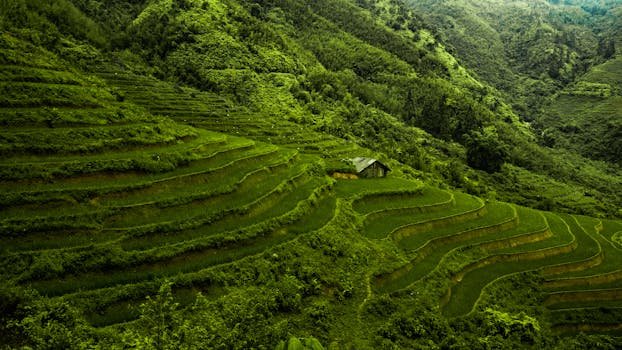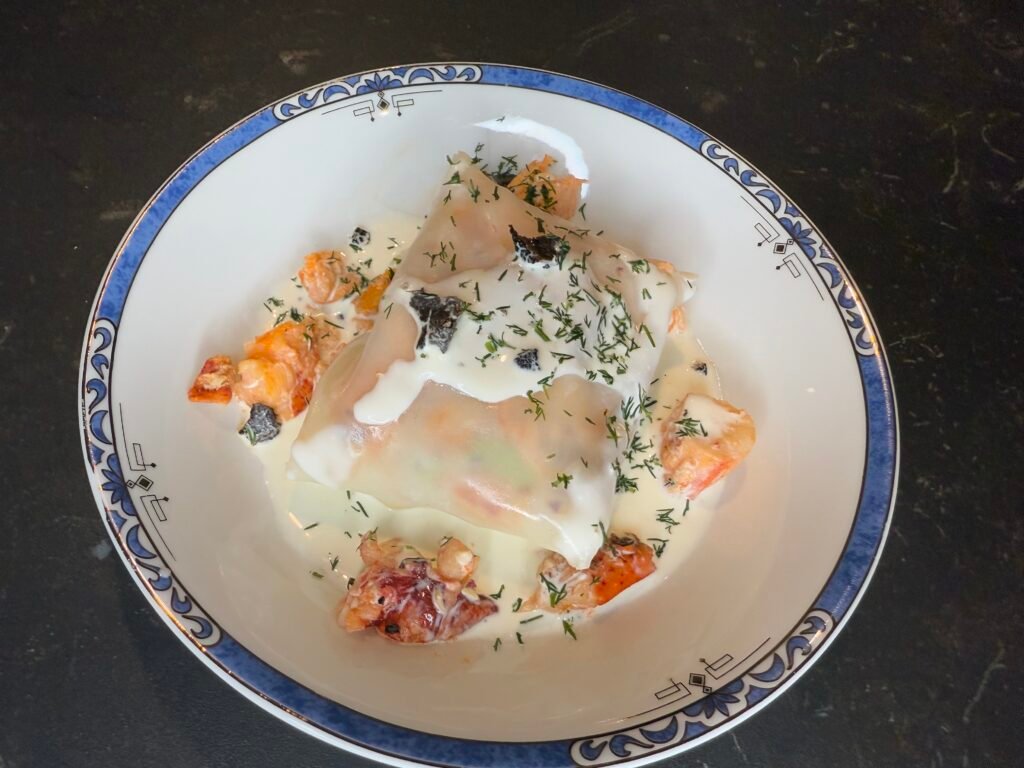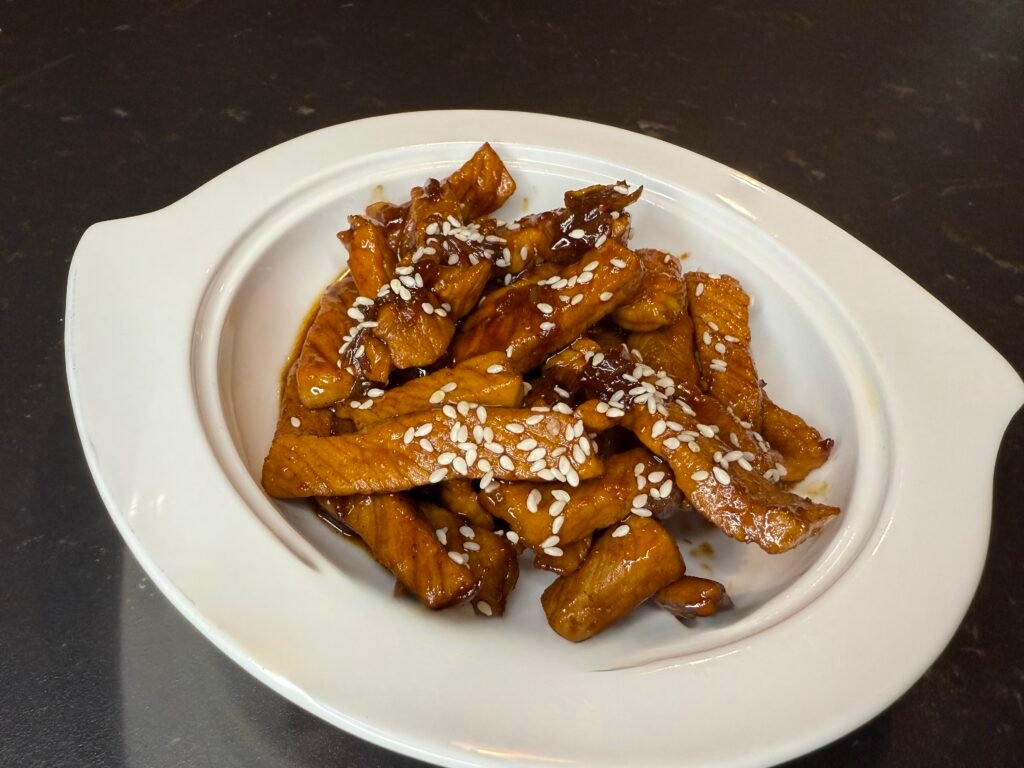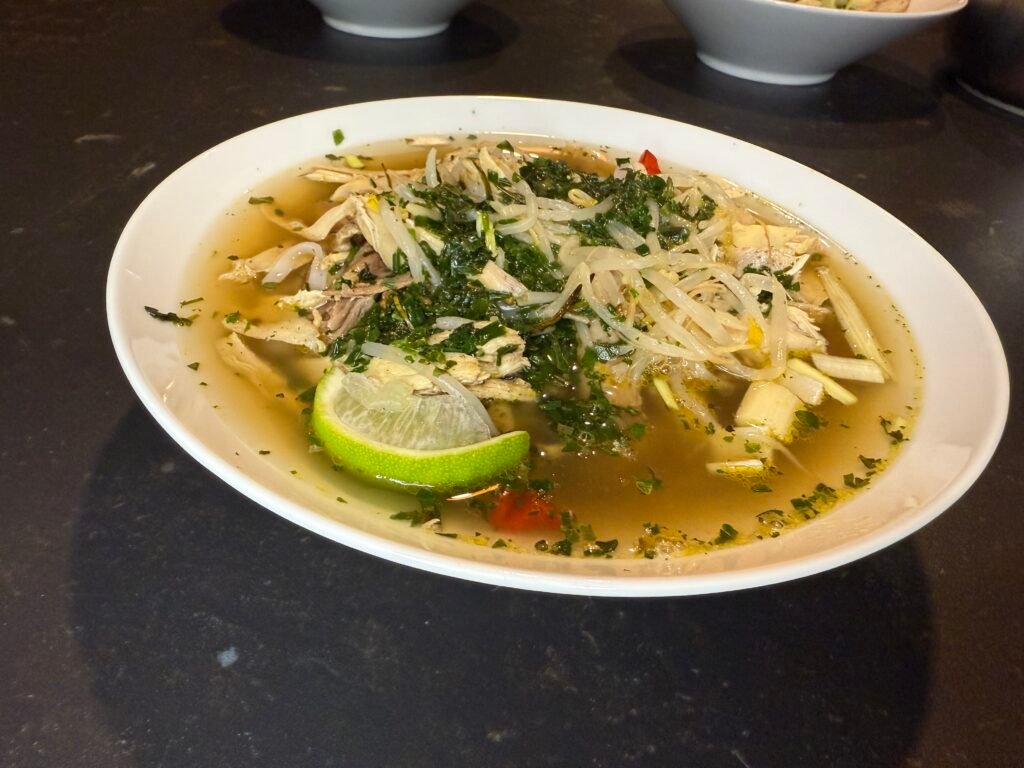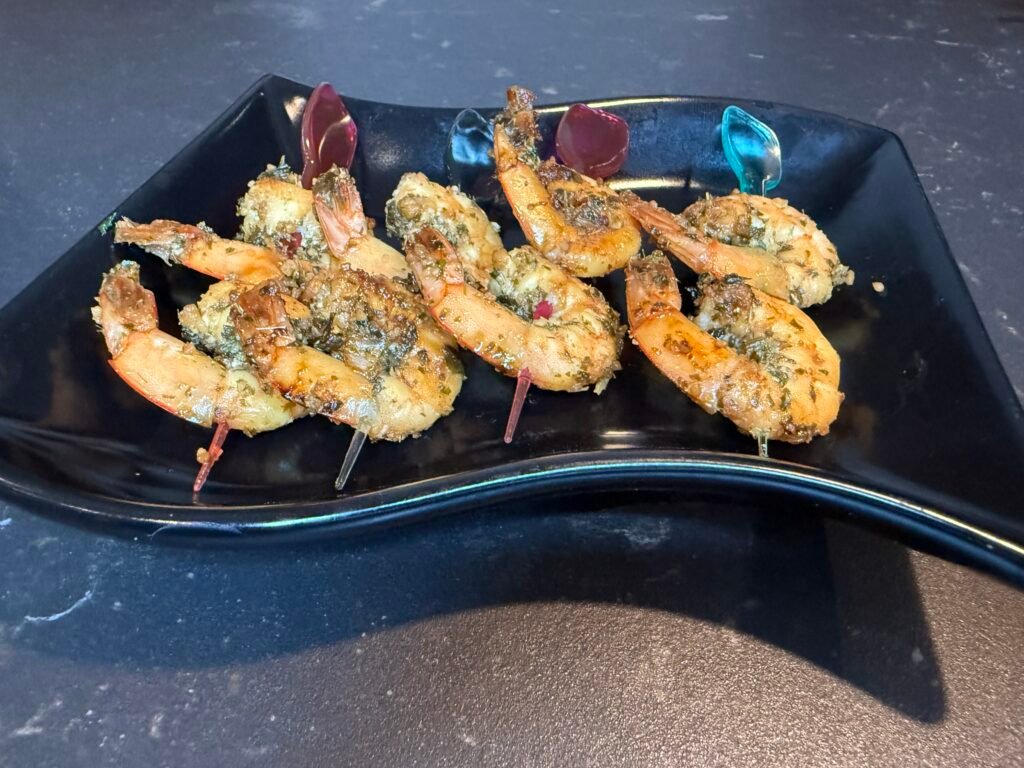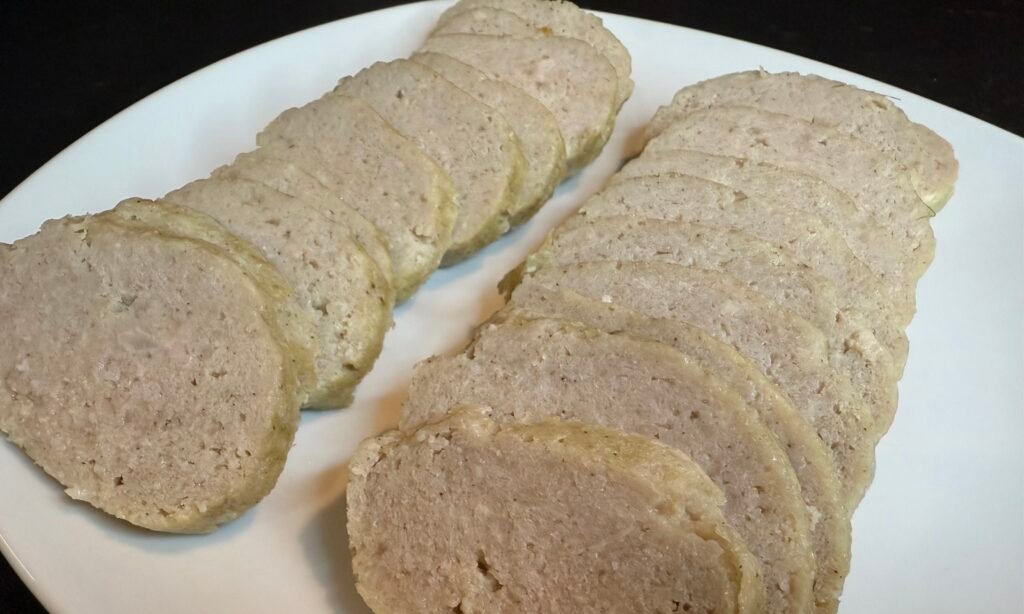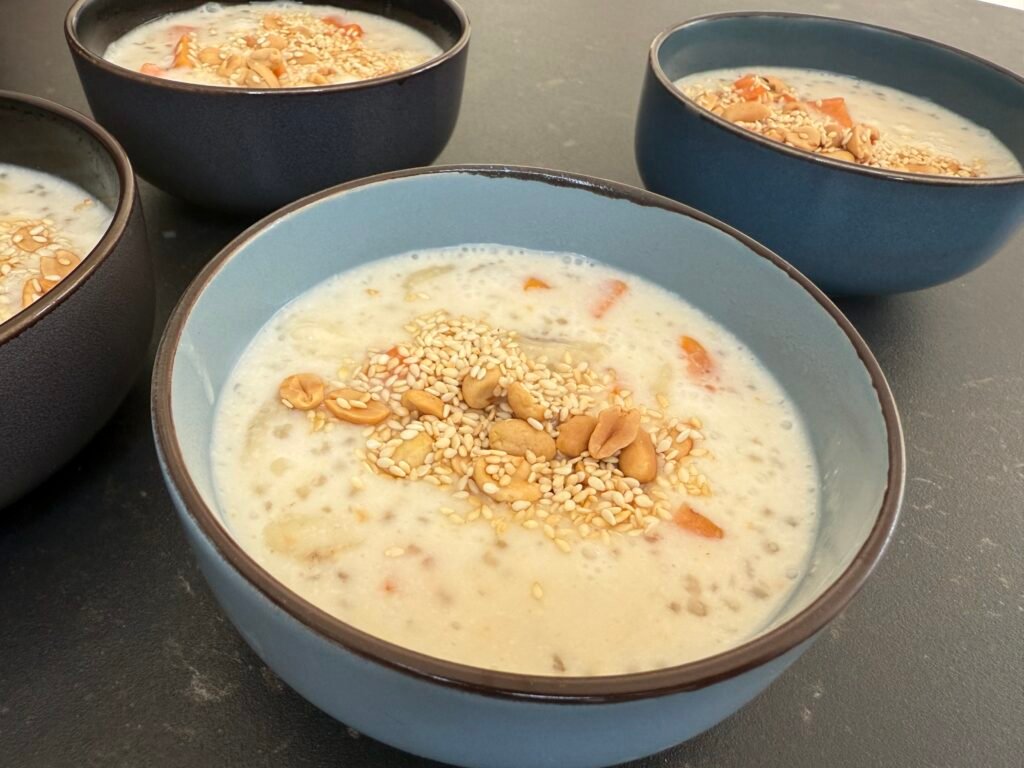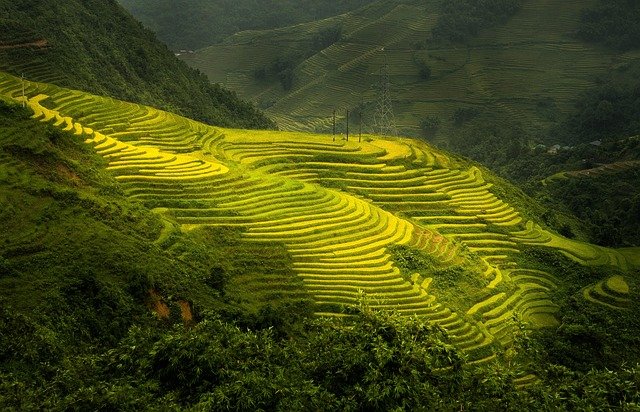Vietnam, located in Southeast Asia, is a country with a rich and complex history, having gone through many periods of Chinese, French and American domination and influence. After a long struggle for independence, Vietnam is today a booming country, combining tradition and modernity. The French colonial heritage is visible in the architecture of its cities, notably in Hanoi and Ho Chi Minh City , while Vietnamese culture remains strongly marked by Confucianism and Buddhism. Daily life is punctuated by festivals such as Tet , the Lunar New Year, which is the most important holiday of the year. The country is also known for its breathtaking landscapes, from the majestic Halong Bay to the rice terraces of Sapa and the Mekong Delta.
Vietnamese culture, with its age-old traditions, arts, music and family values, fascinates and attracts travelers from all over the world.
Traditional Gastronomy and Gluten Free Options
Vietnamese cuisine is renowned for its freshness, balance and subtle flavors, with a predilection for fresh herbs, vegetables and rice. It stands out for its use of simple but tasty ingredients, making it easily adaptable to gluten-free diets.
Here are some naturally gluten-free Vietnamese dishes:
- Phở : The national dish of Vietnam, a rice noodle soup served with beef or chicken, fresh herbs and spices. Make sure that the soy sauce used is gluten-free, and this dish will become a perfect option for people with intolerances.
- Gỏi cuốn : Fresh spring rolls made with shrimp, vegetables and rice vermicelli, wrapped in a rice paper. They are served with a fish sauce, naturally gluten-free.
- Bánh xèo : A crispy Vietnamese pancake made with rice flour and turmeric, filled with shrimp, pork and bean sprouts. A delicious and gluten-free dish.
- Bún thịt nướng : A dish of rice vermicelli served with grilled pork, fresh vegetables and herbs, often accompanied by a sauce made from nuoc-mâm (fish sauce).
These dishes reflect the essence of Vietnamese cuisine, where ingredients are fresh and flavors well-balanced, while being suitable for a gluten-free diet.
The Must-See Things to Visit in Vietnam
Vietnam offers an incredible diversity of landscapes and historical sites, each revealing a unique facet of the country. Here are some must-see places to visit during your trip:
- Halong Bay : Listed as a UNESCO World Heritage Site, this spectacular bay is dotted with thousands of rocky peaks emerging from the emerald waters. A cruise through the islets is an unmissable experience.
- Hanoi : The capital of Vietnam is a fascinating mix of French colonial architecture and thousand-year-old temples. Stroll through the old quarter to discover the historic soul of the city.
- Ho Chi Minh City (Saigon) : Vietnam's largest city is a growing economic center, with bustling markets, historic monuments and vibrant nightlife.
- Hoi An : This charming town is famous for its well-preserved old quarter, merchant houses and colorful lanterns. Hoi An is also an excellent place to discover traditional Vietnamese crafts.
These destinations immerse you in the history, culture and natural beauty of Vietnam.
Recipes
Banh Cuon ravioli style, with Lobster, Truffle, and Vin Jaune Sauce
Gluten-free Vietnamese Caramel Pork (Thịt Kho)
Vietnamese Pho with Chicken (Gluten Free Recipe)
Shrimp skewers marinated with lemongrass and ginger, Vietnam
Vietnamese gluten-free mortadella (Chả Lụa): A festive specialty for Christmas
Che (Vietnamese sweet soup) gluten-free: A festive sweetness for Christmas
Travel
Travel to Vietnam: From Hanoi to Sapa
Discovering Vietnam was really important to me. It is in this country that my mother…

